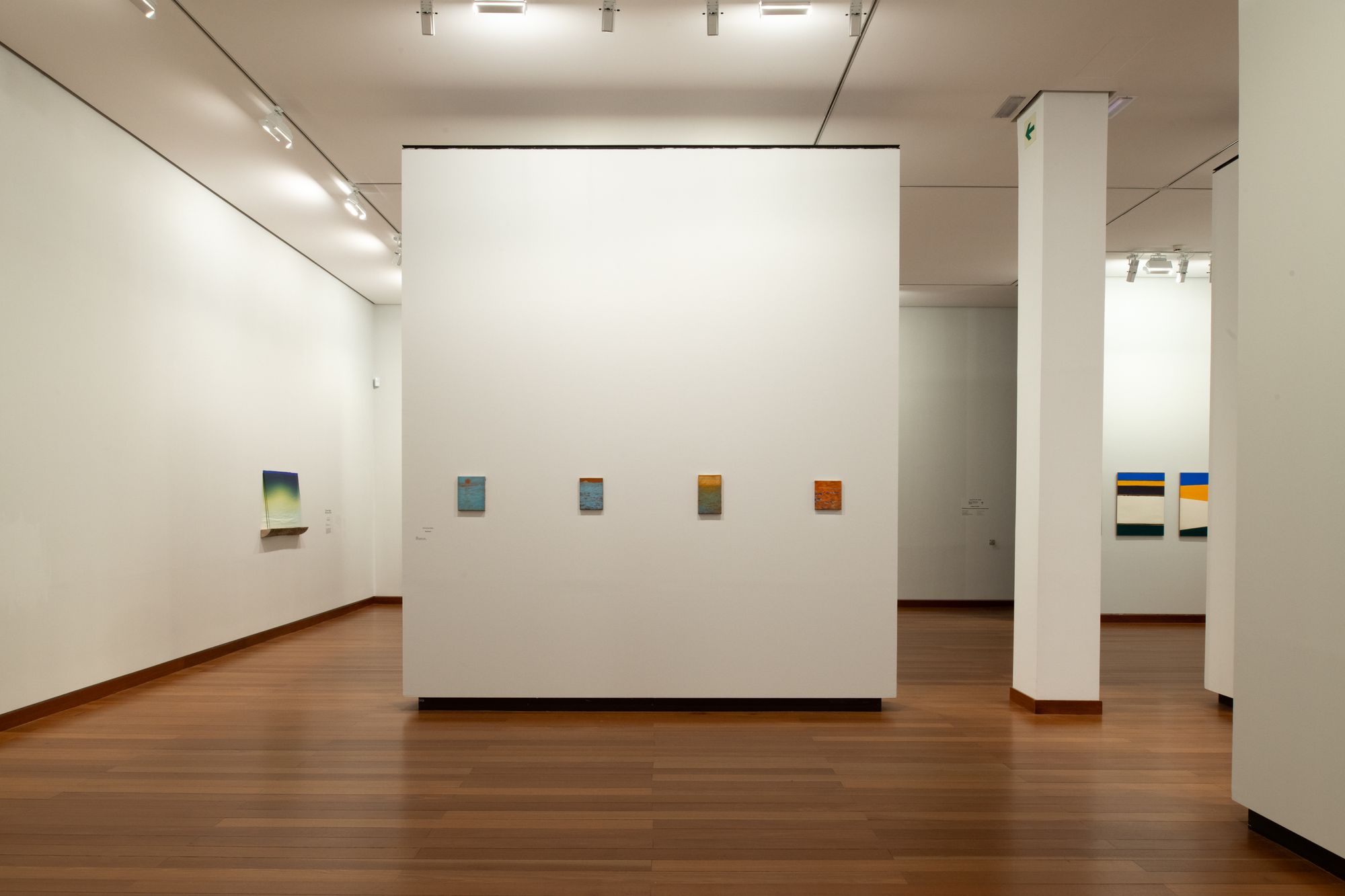Although wonderful, because impossible to reach, the horizon is a stable and fixed landmark for all observers, whether they are astronomers, navigators, travelers or artists. Through thought and contemplation, it came back within the field of knowledge. Since the Renaissance, through imagination and reality, artists constantly throve to make the viewer sensitive to the many paradoxes of the horizon, involving the question of perception, representation and shared space. If it materializes in a line, the horizon moves with us, can dissolve behind fog or storm: it tells us that the world continues beyond what we perceive. Who isn't terrified of a horizonless world? Wether it gives the illusion of depth and unifies a represented space, wether it seems to open the view to infinity, wether it stands like a sharp dam or that it informs us about the relationship between men, the horizon provides us with the essential benchmarks that our vision needs and is the basis of our experience of the world.
From the invention of perspective in the Renaissance to the most contemporary digital works, art explores our relationship to horizon through increasingly diverse media. Opening with the Marriage of the Virgin of Perugino (1504), staple of the museum’s collections in which the horizon of the landscape is cut out, the exhibition presents a hundred works dating from the 16th to the 21st century. The paintings, drawings, engravings, installations and videographies presented are combined with a unique set of perspective treatises from the 16th to 19th centuries in their rarest editions. Symbolic, plastic, political or poetic, the showcased artworks trace a new path in the museum spaces, from the exhibition rooms to the heart of the permanent collections where abstract developments open up on the horizon.
At a time when the world seems to be flattened by networked communications, at a time when billionaires are putting huge sums of money on the line to leave the terrestrial horizon, it is important to reconsider the scope of the horizon in its existential dimensions, imaginary, material and sensitive.
Scientific Commission: Emmanuelle Delapierre, director and chief curator of the Musée des Beaux-Arts de Caen and Céline Flécheux, professor of art philosophy, Université Paris 8 – Vincennes – Saint-Denis.
